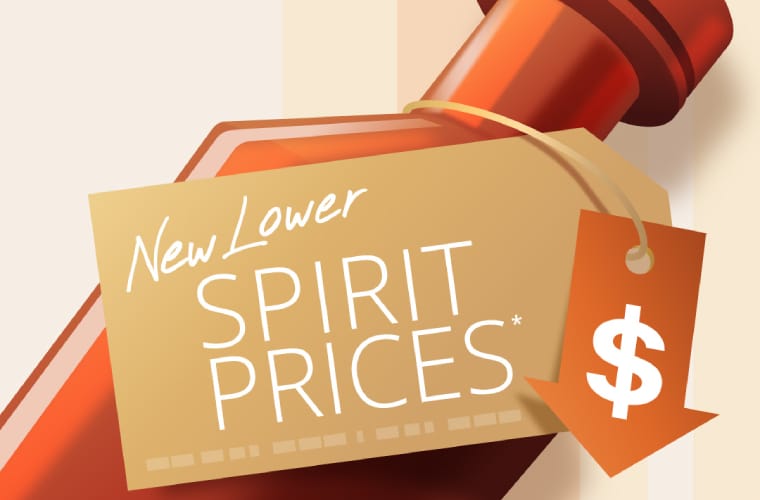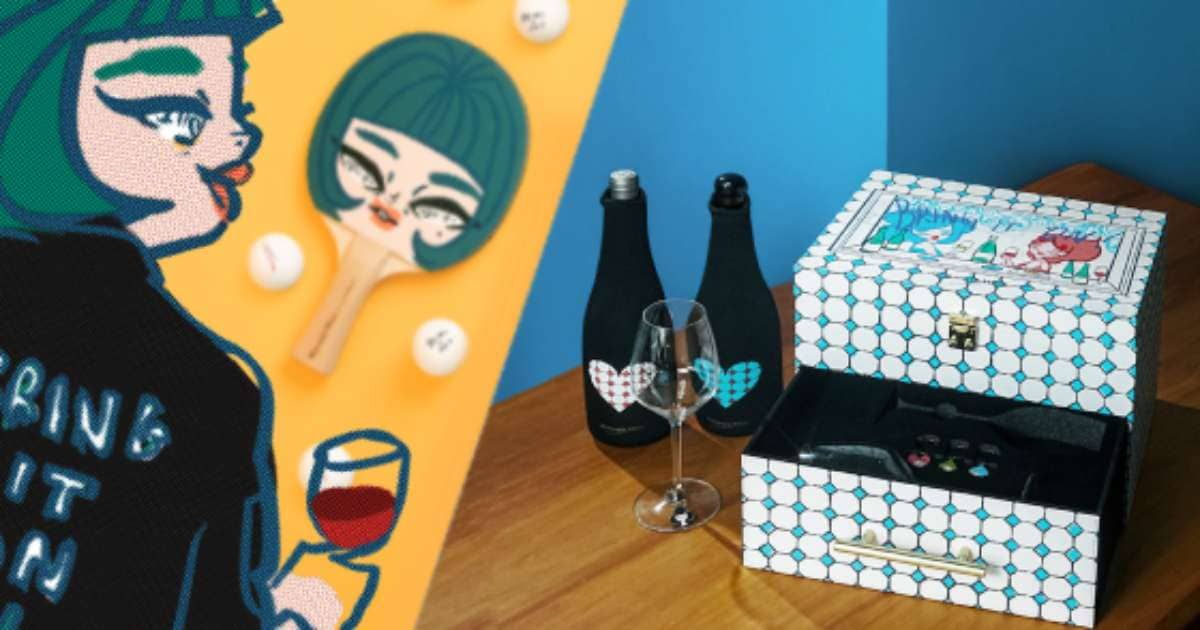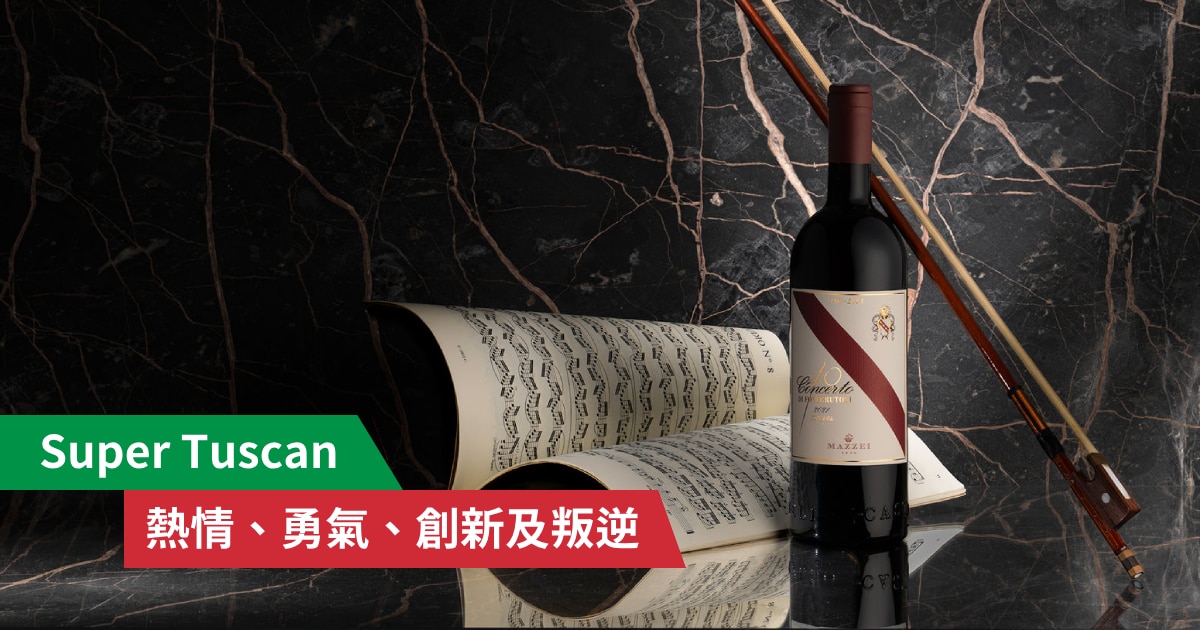Spend $1200 more to enjoy Free Delivery.

Hot Searches
Suggested Brand ( results)
Suggested Products ( results)
Advanced Search
- Wine
- Vintage Champagne
- Champagne NV
- Champagne Rose
- Sparkling
- Still Rose
- White Wine
- Red Wine
- Dessert Wine
- Port & Sherry
- Sake
- Junmai Daiginjo / Daiginjo
- Junmai Ginjo / Ginjo
- Junmai / Tokubetsu Junmai
- Honjozo / Tokubetsu Honjozo
- Spirits & Others
- Cognac & Brandy
- Whiskies
- Rum
- Vodka
- Tequila
- Gin
- Other Spirits & Liqueurs
- Non-alcoholic
- Beer
-
Promotion
-
Products
-
Countries / Regions
-
Gift Ideas
-
Events & Happenings
-
Blog
-
Services
-
Wine Club
-
Same Day Pick-up
Find a Store
Choose your StoreLanguage
繁
Promotion
Products
Countries / Regions
Gift Ideas
Events & Happenings
Services
Same Day Pick-up

Rhone


The best quality wines from the southern Rhone come from the delightful village of Chateauneuf du Pape and are, at their best, powerful, full-bodied, high in alcohol and spicy. Traditionally the red wine is a blend of 13 grapes, including a couple of white varieties, though most producers stick to Grenache, Mouvedre and a little Syrah.
The northern Rhone stands for quality over quantity and includes Hermitage, Crozes Hermitage, St Joseph and Cote Rotie. The reds from Hermitage are strong and powerful with great body and richness, and perhaps show the best structure of all the wines of the Rhone. Here, Syrah is blended with a little Marsanne, a white grape which helps lift the aroma. On the other hand, the wines of Cote Rotie are more refined, with more tannins and acid; and are very accessible, particularly given the increasing use of new oak. A little Viognier is blended in with the Syrah here, again for enhanced aromas.

Just below Cote Rotie are two distinguished white-wine appellations, Condrieu and the smallest of them all, Chateau Grillet. They both produce pretty, aromatic wines made from Viognier, which are best drunk young.
Syrah are attractive when young, though they can also mature into something mellow yet complex.
The largest and most important district is St-Emilion, and top wines from this part of Bordeaux are classified as St-Emilion Grand Cru Classe or Premier Grand Cru Classe. Neighbouring it is Pomerol, a small, but distinctive district which is home to such sought-after labels as Chateau Petrus and so-called micro-chateaux like Le Pin. Other key districts on this Bank, usually offering good value for money, are Fronsac, Cotes de Castillon, Cotes de Bourg, and Cotes de Blaye.


 Same Day Pick-up
Same Day Pick-up

















